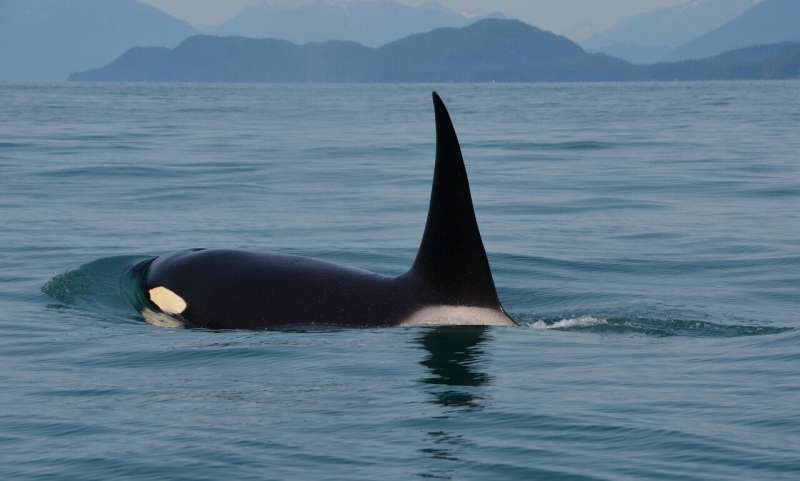In an audacious twist on wildlife conservation, veterinarians are now making “house calls” to the majestic killer whales of the Pacific Northwest.
Armed with drones and infrared cameras, a team of intrepid researchers is pioneering a novel approach to monitoring and potentially treating endangered orcas in the wild.
Source: San Diego Zoo/YouTube
The focus of this groundbreaking work is the Southern Resident killer whales, a small population facing dire threats from Pollution, boat traffic, and food shortages.
With only about 75 individuals left, every whale’s health has become a critical concern. Enter the breath-collection drone, a flying petri dish steering through the misty plumes exhaled by these giant marine mammals.
This device is helping scientists diagnose and understand the health challenges facing these whales, marking a significant shift in Conservation strategies.
The urgency of this mission was underlined by the case of J50, a young orca whose health rapidly deteriorated in 2018.
Despite heroic efforts, including delivering medication and food directly to the whale, J50 did not survive. This loss underscored the need for more effective tools to assess and treat individual animals in this dwindling population.
The innovative use of technology doesn’t stop at breath analysis. The team is also employing infrared cameras to measure body temperature and directional microphones to listen to their breaths. It’s a high-tech approach to a pressing problem: ensuring the survival of one of the ocean’s most iconic species.
As the researchers refine their techniques, they face the challenges of working with wild animals in their vast, watery domain.
But each successful drone flight and analysis brings hope. While the journey is complex, the goal is clear: use cutting-edge science to provide these magnificent creatures a healthier future.
This blend of veterinary science, technology, and Conservation represents a new frontier in our efforts to protect and understand the natural world.
As we move further into 2024, keep an eye on the skies and seas — the next generation of wildlife care is emerging, and it’s as innovative as it is inspiring.
This article by Nicholas Vincent was first published by One Green Planet on 29 December 2023. Image Credit :Tory Kallman/Shutterstock.
What you can do
Help to save wildlife by donating as little as $1 – It only takes a minute.







Leave a Reply